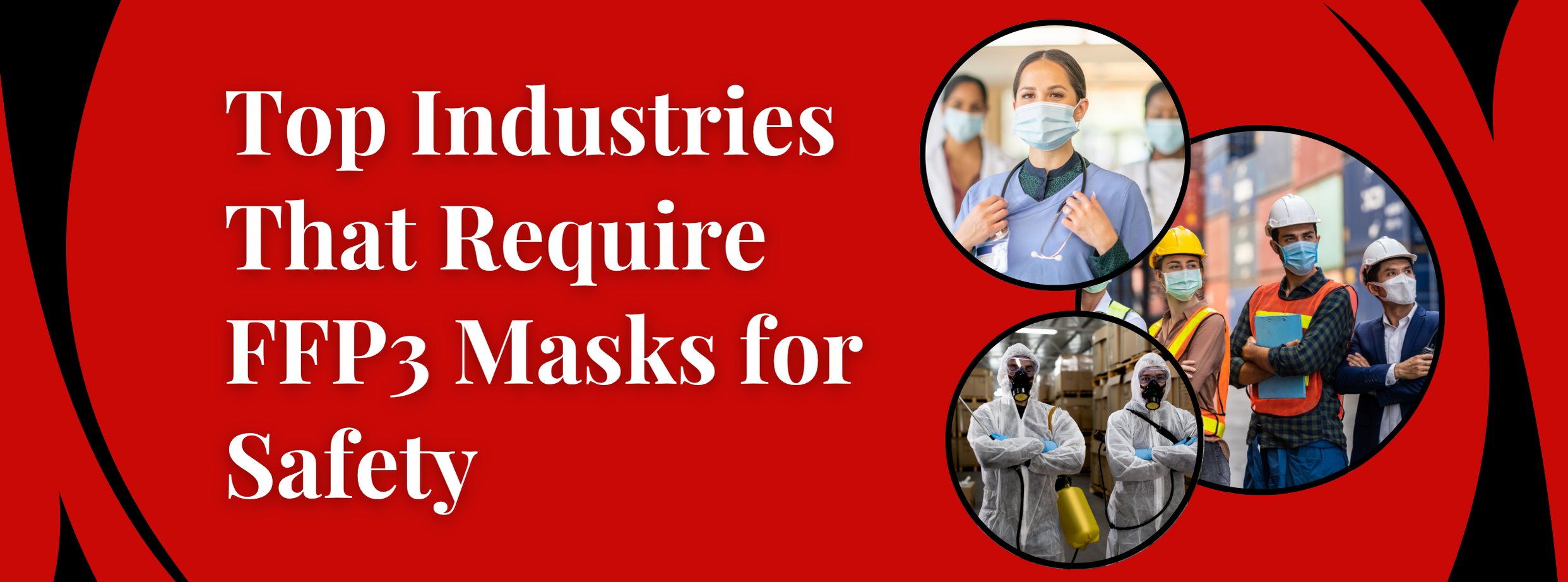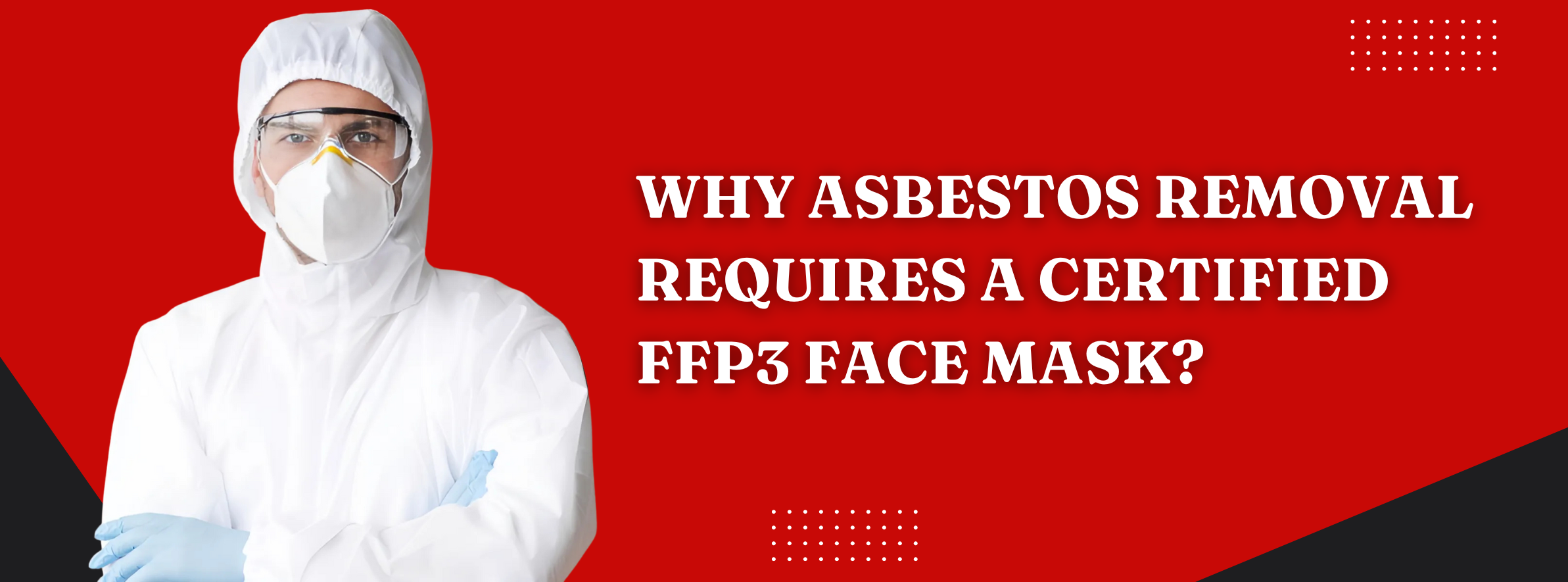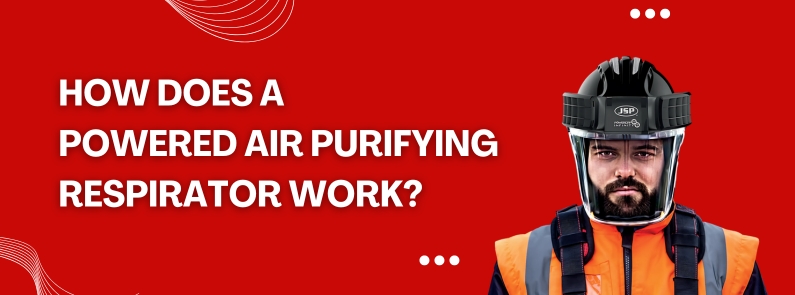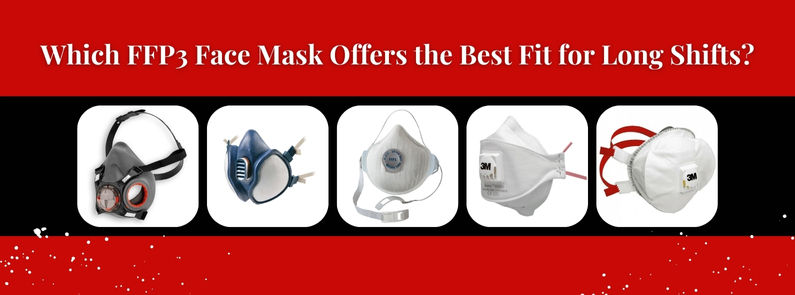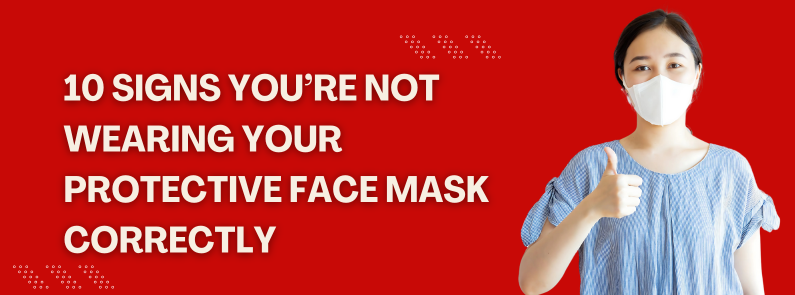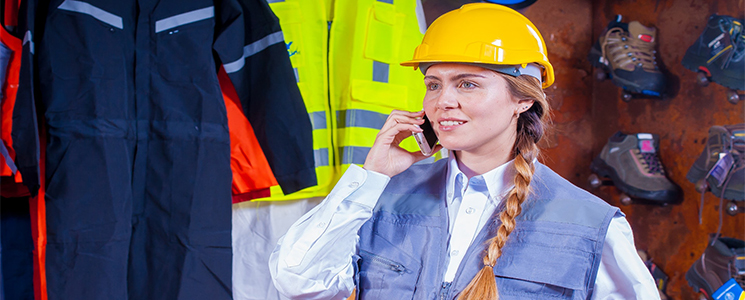
In the 21st century, women are taking up all sorts of non-conventional jobs. But they face trouble due to the lack of appropriate and ill-fitting protective equipment (PPE) and clothing (PPC). A person’s safety is of utmost importance and it should never be compromised. Here’s a guide to Safety Workwear & PPE for Women.
Let’s start with what exactly is PPE. PPE means Personal Protective/Protection Equipment that is meant to provide protection to workers from injury, reduce exposure to work hazards and curtail the risk of incurring harm. Safety workwear and PPE include items like helmets, goggles, boots, jackets, earplugs, etc.
There is a difference between general workwear and PPE. Do not confuse the two. PPE normally does not include normal clothing like overalls, normal bike helmets, aprons, and nets, etc.
To acquire the correct Personal protective equipment, the first step would be to curate a database of the anthropometric measurements of all the female workers. If you are working in a field that requires you to wear safety workwear, ensure that you check the PPE provided by your employer thoroughly before using it. If the item does not fit properly, or it is not comfortable, or the equipment is damaged/defective, report back immediately and get it changed. Your safety is in your own hands.
Personal protective equipment has to fit correctly so that its effectiveness is not compromised. The safety workwear should be up to the mark so that it can protect the person from the danger it was intended to defend from. Over the years, there has been an immense advancement in safety workwear for women. According to reports, the International Safety Equipment Association (ISEA) has stated that a lot of employers now provide their employees (women working in the construction field or similar hazardous fields) with a wide range of PPE available in all sizes.
Importance of PPE and Safety Workwear
Protective equipment and safety workwear are extremely crucial because it helps protect people from peril at the workplace. It plays a cardinal role in keeping workers safe working in dangerous jobs where every day is full of continual exposure to risks or a battle against death.
Safety of the Employees
If you’re an employer you have to make sure your employees feel safe in the work environment, otherwise, it will hamper their working process. PPE prevents injuries and protects different parts of the body. For example, lungs from taking in toxic air, head from falling debris, eyes from tiny particles and harmful fluids, skin from chemical substances, the body as a whole in extreme temperatures, etc.
Legal Implementation
The Personal Protective Equipment at Work Regulations act of 1992 states that all employers have to ensure that appropriate PPE and safety workwear is provided to their employees whose health and safety is at risk in the workplace, unless the workplace hazard is controlled by some other equivalently effective means that will not prove harmful to the worker.
It also requires the employer to provide adequate training to employees on how to use safety workwear and equipment.
The Health and Safety at Work Act states that employers have to provide safety equipment free of cost and cannot charge for it. It is their lawful duty to do so, unless they have arranged for some other constructive safety means to control the effects of the hazardous environment.
PPE for Women
- Protect your head-Keep your head covered at all times while in the field. A head injury can prove to be fatal depending upon the impact. Head protection gear includes hard hats & helmets, guards and bump caps.
- Hand protection-Your hands are the main body parts that you use to do any work. Keep your hand safe by using special gloves that provided resistance from chemical and thermal hazards.
- Eye and face protection- Eyes are very delicate and prone to injury because your face is always exposed. Protect your face and eyes by wearing safety goggles or glasses, face shields and eye shields, masks, visors, over- specs, etc.
- Ear protection- You can use earplugs, ear muffs or defenders, noise meters and acoustic foam to protect your ears in places of high decibel noise. The eardrum is very delicate and once damaged, it cannot be restored.
- Lung protection- Full face respirators (like 3m mask), dust masks, detectors, and monitors are used to keep a check on the amount of harmful substances that you’re taking in. There are mainly two types of respirators: particulate respirators that protect from dust, fume and mist, etc. and chemical respirators that use chemical cartridges in combination with a dust filter, to filter out the contaminated air.
Escape sets and working sets are used as a breathing apparatus in confined places or underwater where the person cannot breathe through his nose.
- Protective clothing- High visibility safety apparel should be worn. The bright orange color makes the person wearing it conspicuous by creating a sharp contrast against the background and hence makes them easily noticeable if they ever need help getting out of a perilous situation.
- Protective footwear- You need to walk around and move to get work done so your feet need to be protected just like all the other parts of your body. Safety boots, ESD footwear, etc. help you keep your feet warm and safe.
- Fall management equipment- They include safety harnesses, fall arresters, different types of muscle supporters and joint supporters to break the fall in case a worker slips down and plummets.
Stay Safe Ladies!
In today’s world, more and more women are entering into challenging work fields like the construction, civil engineering, and production industry. These fields have been primarily male-dominated throughout the years and PPE for men is easily available, which the only emphasizes the point that more importance needs to be given to safety workwear and PPE for women now that they are here too.
Ladies, fight for your right and do not settle for something below standard. It is not a menial matter, it’s about your personal safety. Every time you ignore a small defect, that only exposes you to several risks that you cannot anticipate.

